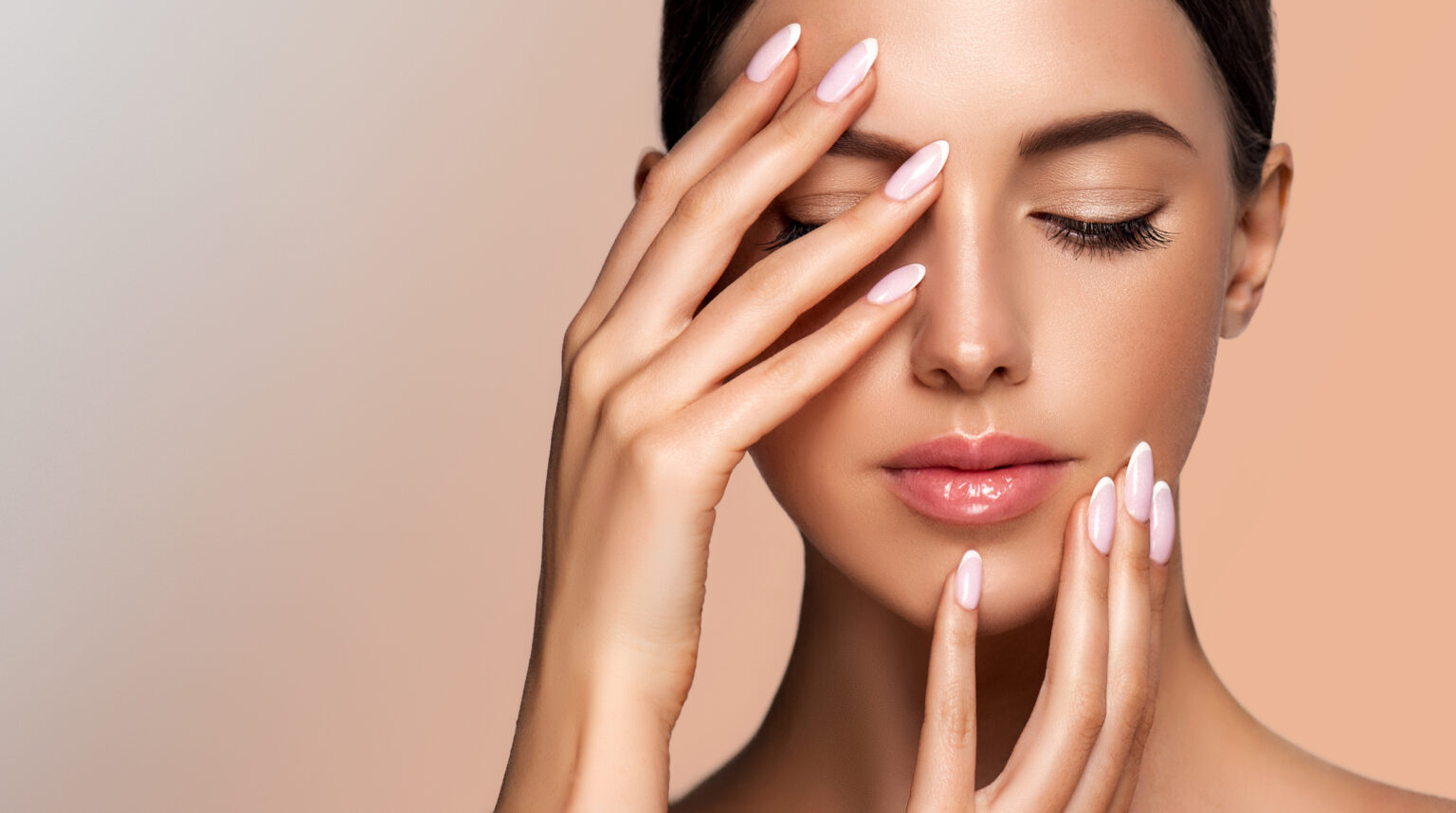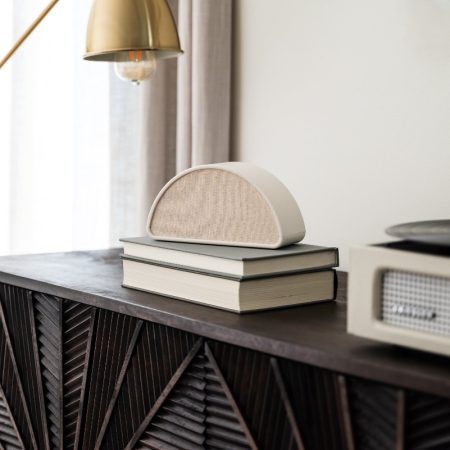Facials are more than just a luxurious escape for the mind and skin; they have the potential to radically transform one’s complexion when executed with attention to detail. The key elements that elevate an ordinary skin treatment to one that bestows a radiant glow are often shrouded in mystery. Beyond the tranquil indulgence of a spa, there lies a treasure trove of lesser-known tips that can unlock the full potential of a facial, but these insights are typically only uncovered upon direct inquiry.
A profound impact on skin clarity is often achieved through a deep pore-cleansing treatment. Elevating the benefits of such a treatment involves preparation with specific skincare products leading up to the facial. A regime incorporating a hydrating concentrate containing ingredients such as sodium PCA, vegetable glycerin, brown algae, and natural acids is advised. This regimen, starting about a week before the facial, not only primes the skin by softening blockages for easier removal but also diminishes discomfort associated with pore-clearing extractions. By adopting this preliminary step at home, one can significantly boost the effectiveness of the subsequent facial.
Alter Your Drink Preferences
Ahead of a facial treatment, it is wise to avoid caffeinated beverages to ensure a more tranquil experience. Instead, consider imbibing herbal tea, which can aid in maintaining a calm disposition conducive to the benefits of professional skincare services. Post-treatment, it is crucial to increase water intake. Consuming double the regular amount of water can facilitate in the expulsion of impurities and enhance the clarity and glow of the skin. This simple switch not only supports the efficacy of your facial but also contributes to long-term skin health.
- Pre-Facial: Substitute coffee with herbal tea for heightened relaxation.
- Post-Facial: Increment water intake to support toxin elimination and skin luminosity.
Optimising Facial Treatments by Avoiding Makeup
Arriving at the spa without makeup ensures that the aesthetician can immediately concentrate on addressing skin concerns and imperfections. By presenting a clean canvas, you enable skincare professionals to employ their time and skills effectively, applying their expertise to enhance your skin’s condition rather than removing cosmetics—activities that do not require their specialised skills. This approach not only respects the expertise of the aesthetician but also maximises the value received from the session, allowing for a more thorough and focused skin treatment that can lead to a flawless complexion.
There is a Proper Order to Follow
When planning an at-home spa day, timing is key for maximising the benefits:
- Commence with a massage to relax your body without affecting the cleanliness of your skin.
- Proceed with steaming, as this opens pores, preparing your skin for a more effective facial.
- Opt for the cleansing stage post-steam to ensure a deep cleanse.
- Follow with exfoliation, masks, or extractions as needed.
- Conclude with toning, moisturising, and applying a sheet mask for hydration.
Remember, steam should precede, not follow, the application of facial products to ensure optimal absorption.
Customising Your Facial Regime
It’s vital to tailor your skincare strategy to address individual needs. Scheduling a deep pore-cleansing session can be crucial as a primary step to tackle various skin issues before moving on to more targeted treatments. This not only aids in clearing your skin but also provides clearer insight into the specific care your skin demands.
When it comes to facial massages, personalisation is key. Whether your skin feels swollen, you’ve had less rest, consumed excess alcohol, or indulged in rich foods while on holiday, mention these to your therapist. They can adjust the massage duration and intensity, focusing on stimulating the lymphatic system for optimal results.
Consider the following options tailored to common concerns:
- For Dry Skin: Incorporate hydrating serums, like those rich in hyaluronic acid, and nourishing facial oils to bolster moisture levels.
- For Oily or Acne-Prone Skin: Use products designed to regulate oil production and serums with ingredients like vitamin C to manage acne.
- For Enhancing Collagen: Tools such as jade rollers or Gua Sha, along with treatments like microneedling, can promote collagen synthesis.
- For Brightening: Vitamin C serums are excellent for imparting a radiant glow.
- For Inflammation: A cooling hydrating mask can soothe and provide a protective layer for stressed skin.
Remember, serums rich in collagen and hyaluronic acid can significantly boost hydration, while face rollers and microcurrent devices may enhance blood circulation. Each aspect of the treatment should sync with specific skin types, from normal to sensitive, ensuring a bespoke and effective facial experience.
You’ll Want to Avoid Excessive Exfoliation
When seeking to refresh your skin’s appearance, moderation is key. It is advisable to limit oneself to no more than two mild chemical exfoliants in one go. Employing light chemical exfoliants or products with a minimal abrasive texture can be suitable for a variety of skin types. However, combining chemical and physical exfoliation methods is not recommended, as it could be overly harsh and possibly lead to skin irritation or, in extreme instances, hyperpigmentation. If clarity on the exfoliation process during a skin treatment is lacking, one should always feel empowered to seek an explanation from their skincare specialist.
- Chemical Exfoliants: Often include lactic acid, glycolic acid (types of alpha hydroxy acids or AHAs), and salicylic acid (a beta hydroxy acid or BHA).
- Physical Exfoliation: Refers to methods such as scrubs or tools that physically remove dead cells.
- Key Concerns: Irritation and hyperpigmentation from over-exfoliation.
Your Skin May Actually Look Worse (At First)
When one decides to treat their skin to a facial, the immediate aftermath might not always be the radiant complexion they envisaged. Initially, the skin might display signs of irritation—such as redness or slight blotchiness—due to the invigorating processes undertaken during the treatment, like extractions. These are often necessary to clear clogged pores and tackle issues such as blackheads and bacteria-induced breakouts.
Post-Facial Care:
- Utilise antibacterial products to maintain hygiene in treated areas, aiding in reducing the risk of further inflammation.
- Avoid scheduling facials too close to significant events, aiming for at least a week prior, to allow any transient effects to subside and the sought-after glow to emerge.
Potential Concerns:
- Persistent irritation or adverse reactions warrant a consultation with a dermatologist.
- Quality sleep and proper aftercare can be critical in mitigating the risk of temporary scarring and to assist with the overall healing of the skin.
Facial Frequency and Considerations:
- Frequency: Aim for a facial once every month to allow the skin adequate time for recovery, especially if the facial is intensive and includes treatments like microdermabrasion.
- Duration: Typically, expect a facial to take around 50 to 60 minutes, though more comprehensive sessions may extend to approximately an hour and a half.
- Cost: A standard facial may cost between £80 and £90, with prices varying by location and specific treatment complexity.
Remember, while the short-term effects might not always be pleasing, with proper care and time, treatments can alleviate long-term skin concerns such as wrinkles, fine lines, and melasma.
Frequently Asked Questions
Essential Components for an At-home Facial Ritual
- Cleansing: Begin with a gentle cleanser to remove impurities.
- Steaming: Allows for pores to open and release toxins.
- Exfoliating: Slough away dead skin cells for a smoother texture.
- Masking: Choose a mask appropriate for your skin type to address specific issues.
- Toning: Restore the skin’s pH balance.
- Moisturising: Hydrate and protect the skin barrier.
- Sun Protection: Apply SPF to safeguard against UV damage.
Recommended Skincare Products for Facial Care
- Cleansers: Opt for sulfate-free formulas.
- Exfoliants: Use products with AHAs or BHAs for chemical exfoliation.
- Masks: Clay for oil control, hydrating masks for dry skin.
- Toners: Alcohol-free toners are favourable.
- Moisturisers: Look for non-comedogenic and skin type-specific options.
- Sunscreens: Broad-spectrum protection with at least SPF 30.
Achieving a Radiant Complexion with Home Facials
- Regular Exfoliation: Use gentle exfoliants to boost cell turnover.
- Hydration: Generous use of hydrating serums and masks.
- Massage: Stimulate circulation through facial massage techniques.
- Diet and Hydration: Consume antioxidants-rich food and plenty of water.
Best Practices for a Home Facial Mimicking Professional Standards
- Sanitation: Keep all tools and hands clean to prevent bacteria spread.
- Technique: Follow proper application and removal methods for products.
- Consistency: Regular facials contribute to better results.
- Follow-up: Apply appropriate skincare after a facial to enhance benefits.
Natural Ingredient-based Facial: A Step-by-step Guide
- Cleansing: Use oil like jojoba or sweet almond oil for natural cleansing.
- Exfoliating: A homemade scrub with sugar and olive oil.
- Mask: Apply a mix of honey and yogurt for hydration and brightening.
- Toning: Rose water serves as a natural toner.
- Moisturising: Finish with aloe vera gel or your preferred natural oil.
Maintaining a Healthy Skin Routine for a Luminous Visage
- Daily Cleansing: Remove makeup and pollutants daily.
- Hydration: Moisturise twice a day and drink adequate water.
- Balanced Diet: Incorporate vitamins and minerals beneficial for skin health.
- Sleep: Prioritise getting enough restful sleep.
- Stress Management: Engage in stress-relieving activities to prevent breakouts.







